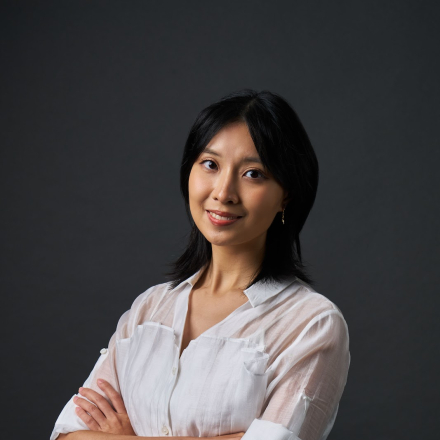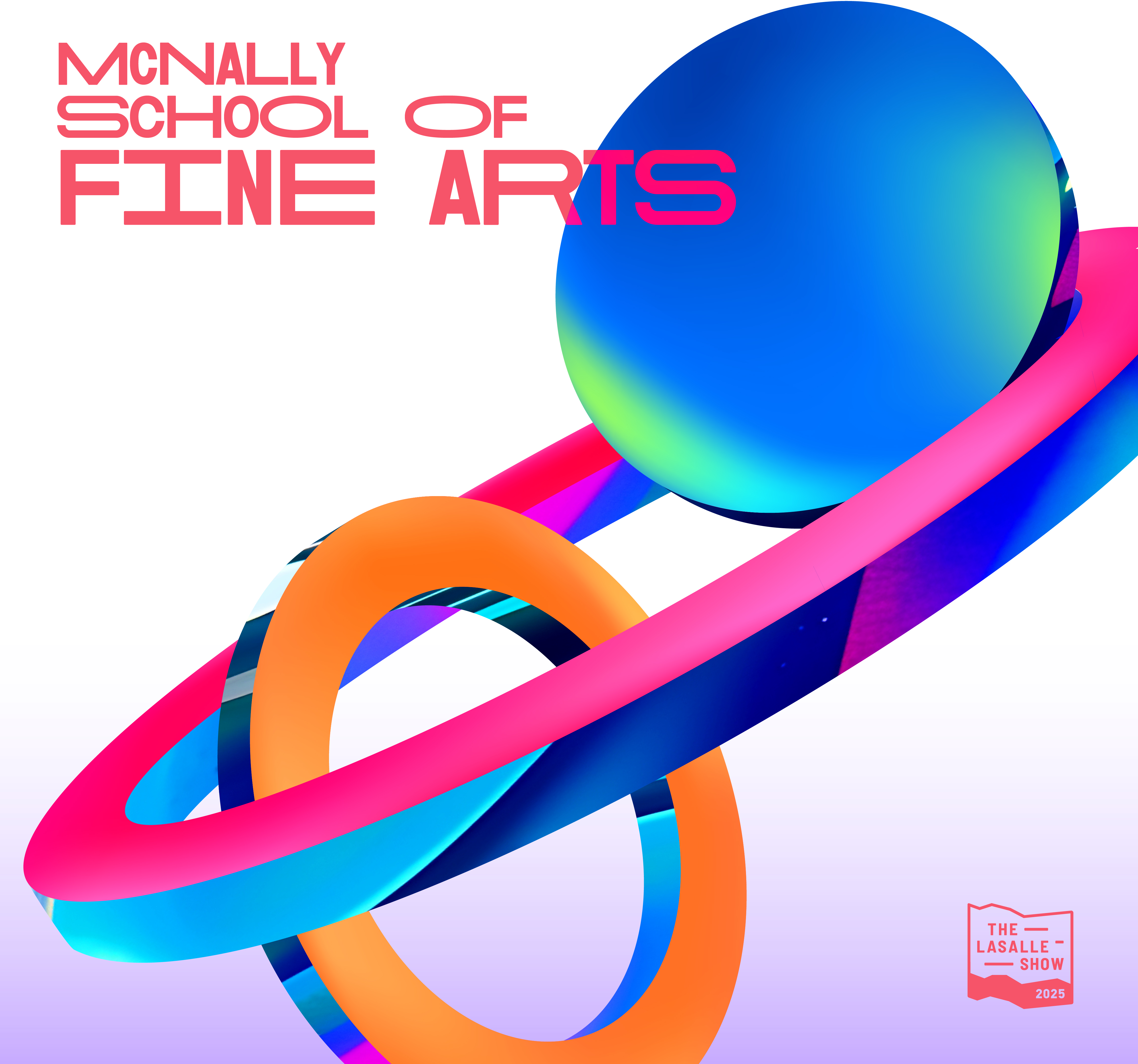Monstrous mediations: Asian contemporary art through the lens of monster theory
This paper presents an examination of Asian contemporary art through the lens of monster theory. Monster theory identifies key characteristics of how monsters—non-normative entities not known to exist in reality—function as cultural constructs, including an underlying notion that monsters embody dialectic Otherness.
Using this lens, this study explores how monsters have been used in Asian contemporary art as embodiments as Otherness, particularly focusing on how artists have harnessed them to express marginalised identities and present social commentary.
Research was conducted through formal analysis of two bodies of artwork, Ex Nilalang by Club Ate and The New Shanhai Jing by Qiu Anxiong. These works were examined under the lens of monster theory; a lens notably applied only in conjunction with cultural and contextual information grounding it in localised Asian perspectives. Interdisciplinary sources were also consulted, including information and concepts from the fields of queer studies, Asian mythology, localised histories, anthropology, and decolonial studies.
Through such means, this study affirms that monsters perform important roles in Asian art, particularly when used in tandem with localised Asian mythologies and cultural specificities. Through the monstrous, numerous conceptual threads are synthesised, mediated and articulated while maintaining localised Asian perspectives, and ushering mythological pasts into contemporaneity. The importance of consulting localised contexts during the application of monster theory was also established, to consistently centre discussions of monsters on their cultural points of origins.
Thus, this paper also demonstrates the generative potential of monsters to crystallise, create, communicate and mediate relevant ideas, suggesting their continued importance and relevance in Asian cultures.





